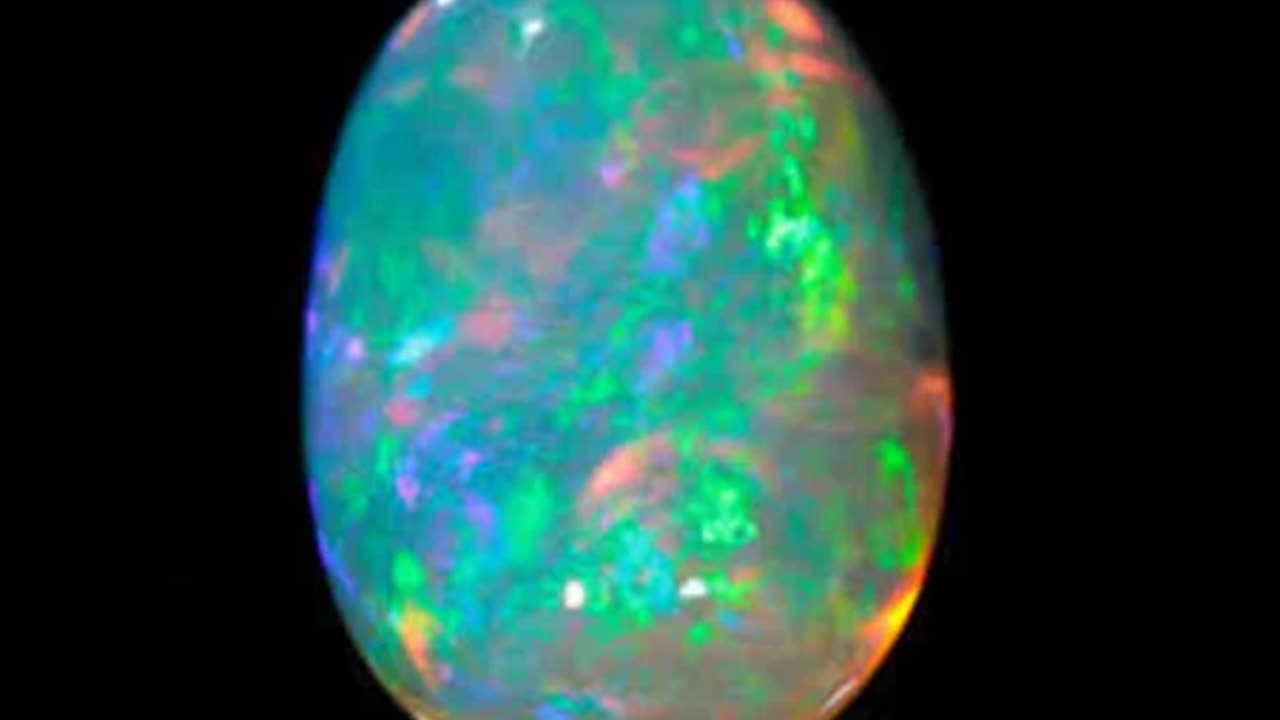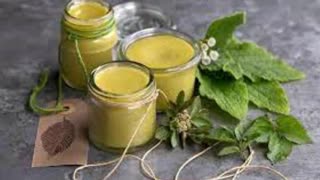Premium Only Content

https://solitarypaganism.com/crystals-stones/opal/
Opal is a hydrated amorphous form of silica (SiO2·nH2O); its water content may range from 3 to 21% by weight, but is usually between 6 and 10%.
Because of its amorphous character, it is classed as a mineraloid, unlike crystalline forms of silica, which are classed as minerals.
It is deposited at a relatively low temperature and may occur in the fissures of almost any kind of rock, being most commonly found with limonite, sandstone, rhyolite, marl, and basalt.
Opal is the birthstone of October, and the stone that celebrates the 14th anniversary of marriage.
The name opal is believed to be derived from the Sanskrit word upala , which means ‘jewel’, and later the Greek derivative opállios , which means ‘to see a change in color’.
There are two broad classes of opal: precious and common. Precious opal displays play-of-color (iridescence); common opal does not.
Play-of-color is defined as “a pseudo chromatic optical effect resulting in flashes of colored light from certain minerals, as they are turned in white light.”
The internal structure of precious opal causes it to diffract light, resulting in play-of-color.
Depending on the conditions in which it formed, opal may be transparent, translucent or opaque, and the background color may be white, black, or nearly any color of the visual spectrum.
Black opal is considered rarest, whereas white, gray, and green are the most common.
-
 9:21
9:21
asolitarypagan.com
1 year agoMaking Herbal Salves
1.73K -
 1:18:31
1:18:31
Awaken With JP
3 hours agoAre We Going to Nuclear War? - LIES Ep 66
68.4K36 -
 51:55
51:55
In The Litter Box w/ Jewels & Catturd
1 day agoTRUMPMANIA | In the Litter Box w/ Jewels & Catturd – Ep. 693 – 11/18/2024
43K15 -
 40:48
40:48
Athlete & Artist Show
2 days agoTyson vs Paul, Gavin Mckenna to the NCAA?
29.2K3 -
 1:38:01
1:38:01
The Quartering
4 hours agoNFL BANS Trump Dance, Huge FCC Appointment, Kamala Team Leaks Brutal Details!
91.1K60 -
 LIVE
LIVE
Film Threat
7 hours agoVERSUS: DUNE: PROPHECY PREMIERES | Film Threat Versus
147 watching -
 13:24
13:24
Rethinking the Dollar
18 hours agoExecutive Orders That Could Change Money Forever
6.26K7 -
 49:12
49:12
Ben Shapiro
4 hours agoEp. 2087 - Here Comes The BOOM: Trump Exploding Status Quo
72.2K59 -
 10:48
10:48
Silver Dragons
3 hours agoWere is Silver Price Headed in 2025? 🚀 These CRAZY Silver Predictions MAY COME TRUE
28K3 -
 1:32:24
1:32:24
vivafrei
7 hours agoMore Covid Jab & Canada "Nothing To See Here" Insanity! Viva Frei w/ Jessica Rose & Mocha Bezigran
114K75